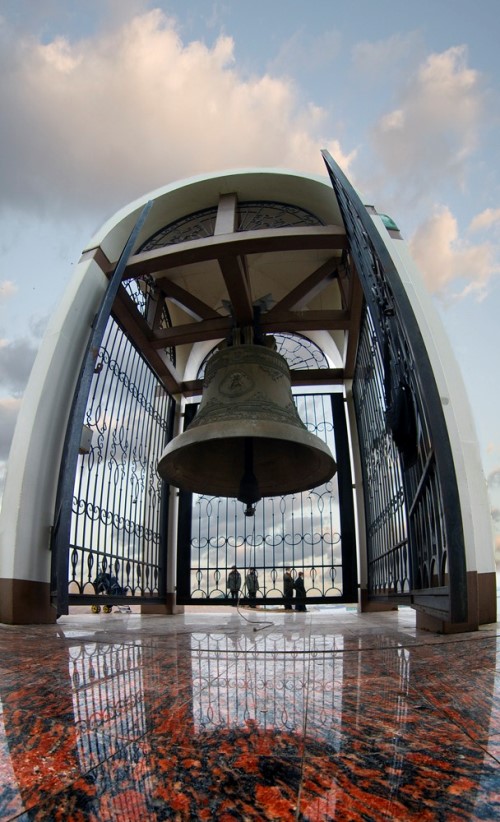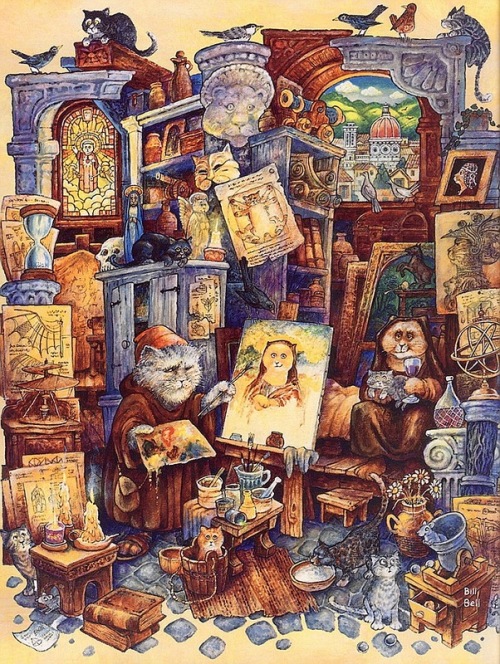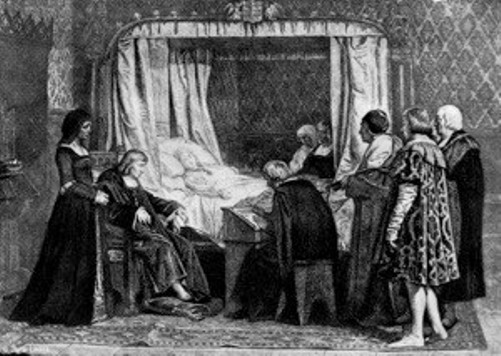Never send to know for whom the bell tolls
Never send to know for whom the bell tolls
“For Whom the Bell Tolls” is one of the best novels of American writer Ernest Hemingway, published in 1940. The title of the book is taken from the early poem of John Donne (1572 – 1631), an English poet and a cleric in the Church of England. “No man is an Iland, intire of it selfe; every man is a peece of the Continent, a part of the maine; if a Clod bee washed away by the Sea, Europe is the lesse, as well as if a Promontorie were, as well as if a Mannor of thy friends or of thine owne were; any mans death diminishes me, because I am involved in Mankinde; And therefore never send to know for whom the bell tolls; It tolls for thee”.
The Russian Tsar Bell is the largest extant bell in the world. The use of bells in Russian Orthodox church has a history starting from the baptism of Rus in 988 and plays an important role in Russia. The ringing of bells is one of the most essential elements of an Orthodox church. The bells in Russia are rung to summon the faithful to services, to express the triumphal joy, to announce important moments, to strengthen Christians by its sound, to proclaim important events (the death of a member of the church, the arrival of an important person), as an emergency (fire or flood); or victory in battle. The use of bells is not only practical, but is also considered to be spiritual. Bells are often referred to as “singing icons”, because they establish the acoustic space of an Orthodox temple just as painted icons and hymnography define its visual and poetic space.
The use of bells in ritual and magical purposes dates back to ancient times and is characteristic of many primitive cults. In Scotland up until the 19th century it was the tradition to ring a Dead bell, a form of hand bell, at the death of an individual and at the funeral.
The science that studies the bell, is called campanology (from Lat. Campana – the bell. It encompasses the technology of bells — how they are cast, tuned and sounded — as well as the history, methods, and traditions of bell-ringing as an art.
Bells are a source of inspiration for photographers. Russian site Yandex announced another creative competition “Ringing Bells” for professional photographers and photographers enthusiasts from all over the country. I chose the most beautiful pictures from this competition, and of course they are accompanied by quotes about bells.

A marine bell installed on the dock port of Odessa near the church of St. Nicholas – the patron saint of sailors.
This bell has a complicated and interesting fate. It was cast in 1932 from copper, it was on some ship – but later on the bottom of the ocean. In 1975, the sailors of the ship “Akademik Kurchatov” Black Sea Shipping Company found the ship’s bell in the Atlantic Ocean and turned it to the Navy Museum. A marine bell was installed on the dock port of Odessa near the church of St. Nicholas – the patron saint of sailors.
Before this distinguished assembly and the world, the bells today proclaim the joyous tidings of the completion of this quietly soaring tower. Earl Warren
Bells call others, but themselves enter not into the Church. Herbert—Jacula Prudentum.
Dear bells! how sweet the sound of village bells
When on the undulating air they swim!
Hood—Ode to Rae Wilson.
For bells are the voice of the church;
They have tones that touch and search
The hearts of young and old.
Longfellow—Bells of San Blas
Seize the loud, vociferous bells, and
Clashing, clanging to the pavement
Hurl them from their windy tower!
Longfellow—Christus. The Golden Legend. Prologue.

The one of the bells of the Velikoselsky Kremlin bells of Yaroslavl region. Seven storied bell tower height of 50 meters. Its construction dates back to the mid 18th century
These bells have been anointed,
And baptized with holy water!
Longfellow—Christus. The Golden Legend. Prologue
The bells themselves are the best of preachers,
Their brazen lips are learned teachers,
From their pulpits of stone, in the upper air,
Sounding aloft, without crack or flaw,
Shriller than trumpets under the Law,
Now a sermon and now a prayer.
Longfellow—Christus. The Golden Legend. Pt. III.
Hear the mellow wedding bells, Golden bells!
What a world of happiness their harmony foretells
Through the balmy air of night
How they ring out their delight!
From the molten golden notes,
And all in tune
What a liquid ditty floats
To the turtle-dove that listens while she gloats
On the moon!
Poe—The Bells. St. 2.
Those evening bells! those evening bells!
How many a tale their music tells!
Moore—Those Evening Bells.
Like sweet bells jangled, out of tune and harsh.
Hamlet. Act III. Sc. 1. L. 166.
Then get thee gone and dig my grave thyself,
And bid the merry bells ring to thine ear
That thou art crowned, not that I am dead.
Henry IV. Pt. II. Act IV. Sc. 5. L. 111.
Ring out, wild bells, to the wild sky,
The flying cloud, the frosty light.
Tennyson—In Memoriam. Pt. CVI.
How like the leper, with his own sad cry
Enforcing his own solitude, it tolls!
That lonely bell set in the rushing shoals,
To warn us from the place of jeopardy!
Charles Tennyson Turner—The Buoy Bell.

View from the bell tower of the Transfiguration Cathedral Olginsky female monastery, the church of St. Nicholas.
How soft the music of those village bells,
Falling at intervals upon the ear
In cadence sweet; now dying all away,
Now pealing loud again, and louder still,
Clear and sonorous, as the gale comes on!
With easy force it opens all the cells
Where Memory slept.
Cowper—Task. Bk. VI. L. 6.
With deep affection And recollection
I often think of Those Shandon bells,
Whose sounds so wild would, In the days of childhood,
Fling round my cradle Their magic spells.
Father Prout (Francis Mahony). The Bells of Shandon.
No wedding bells for me anymore. I’ve been happily married to my profession for years. Shirley Bassey
The vesper bell from far
That seems to mourn for the expiring day.
Dante—Purgatorio. Canto 8. L. 6. Cary’s trans.
Never send to know for whom the bell tolls

On the Blessed Virgin Mary, Moscow residents – the family of Tisin presented silver jingle bell weighing nearly 100 kg.
Never send to know for whom the bell tolls
fotki.yandex.ru/contest













































